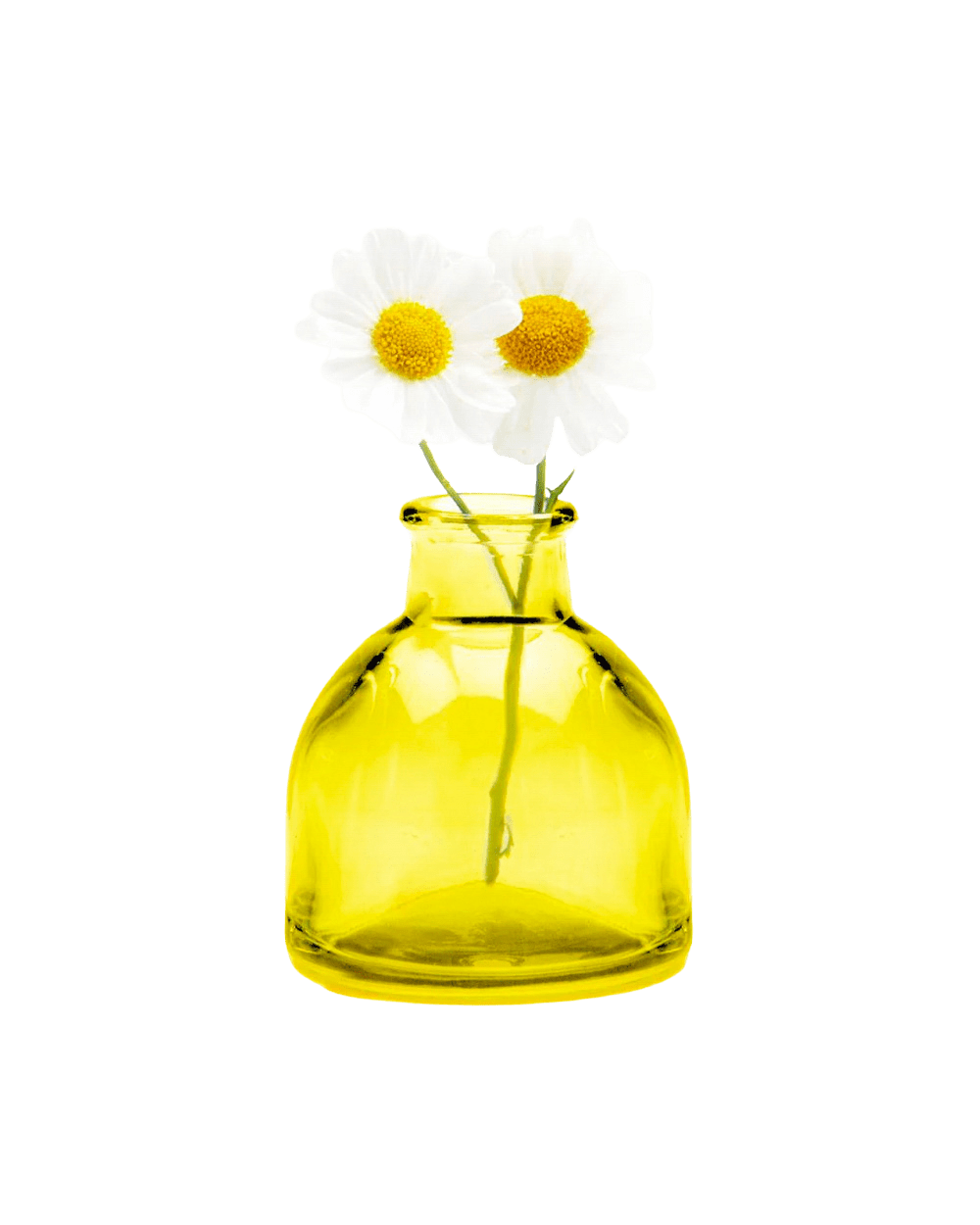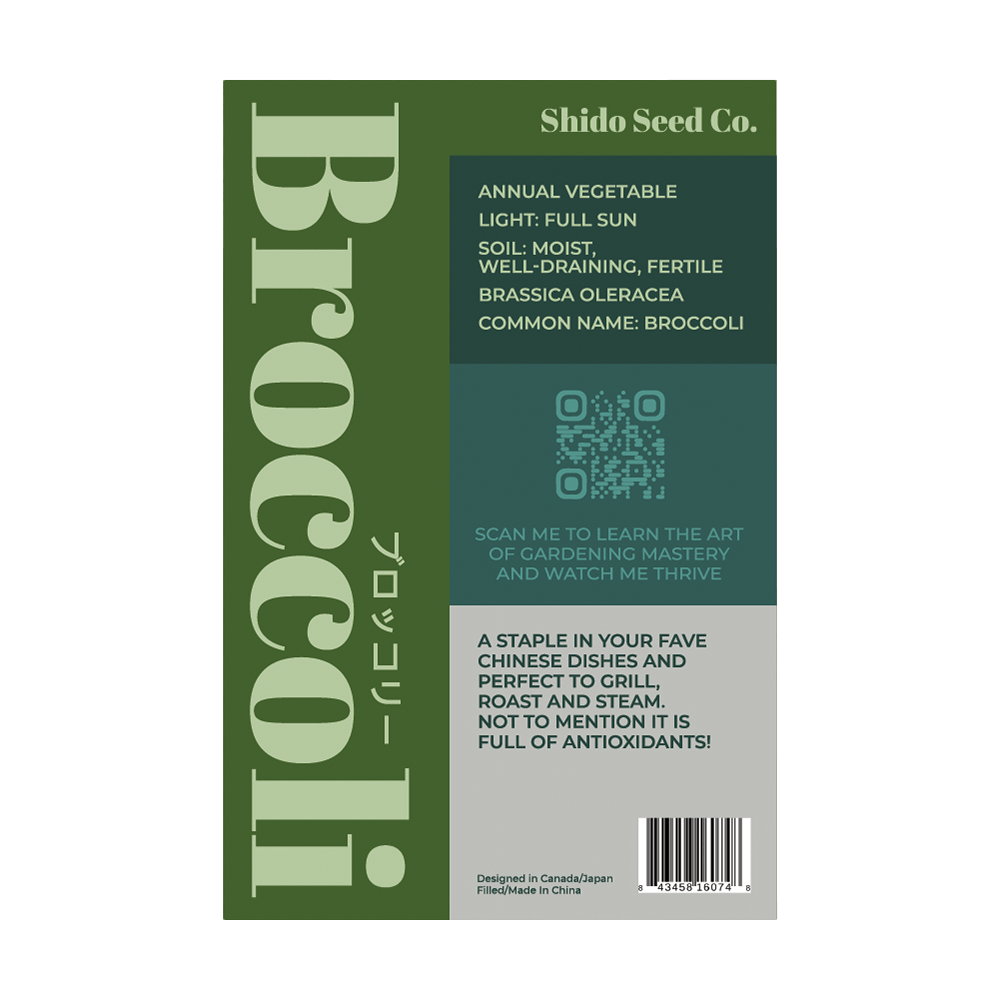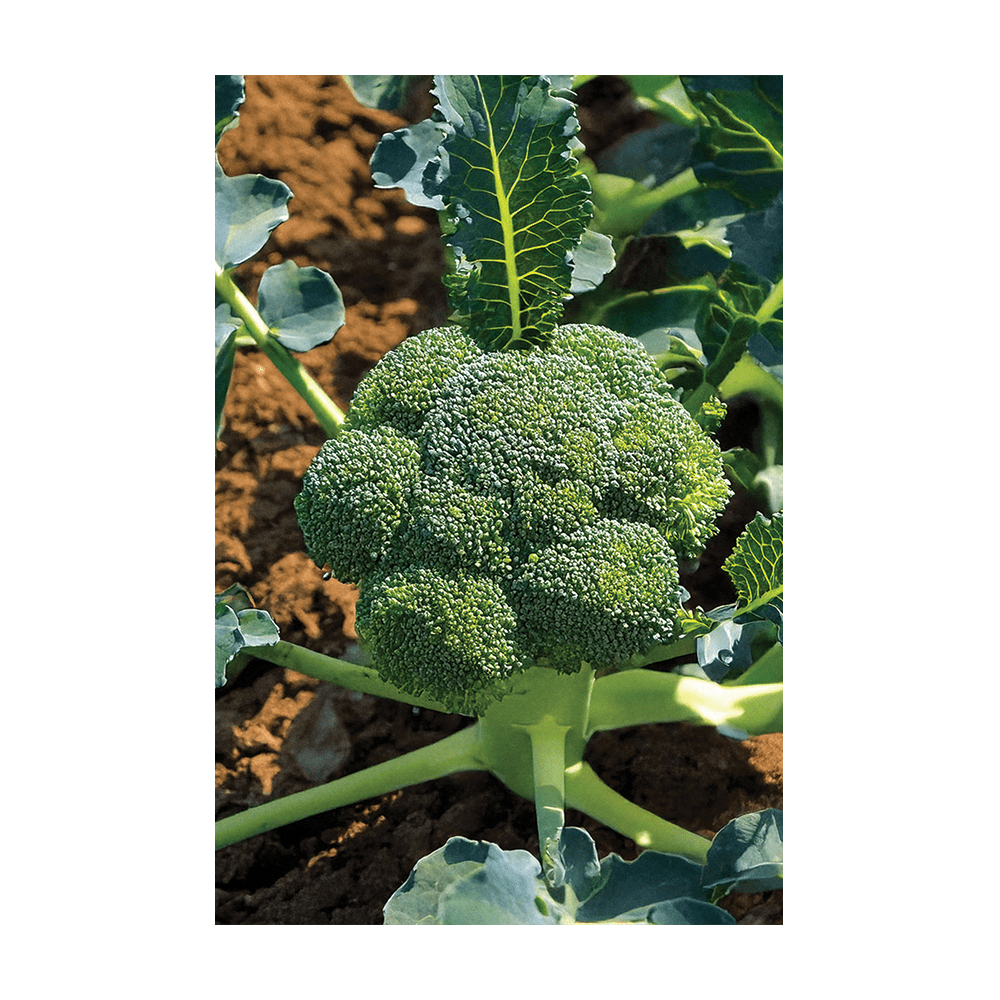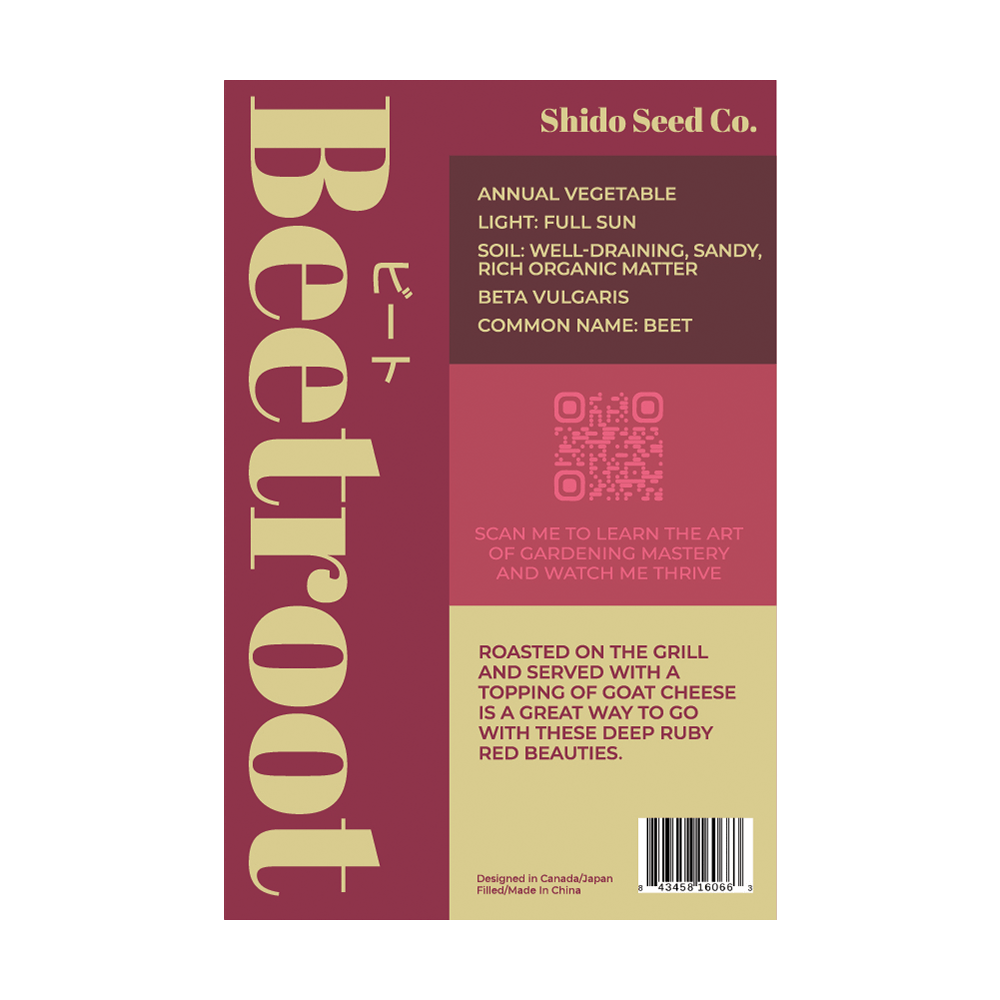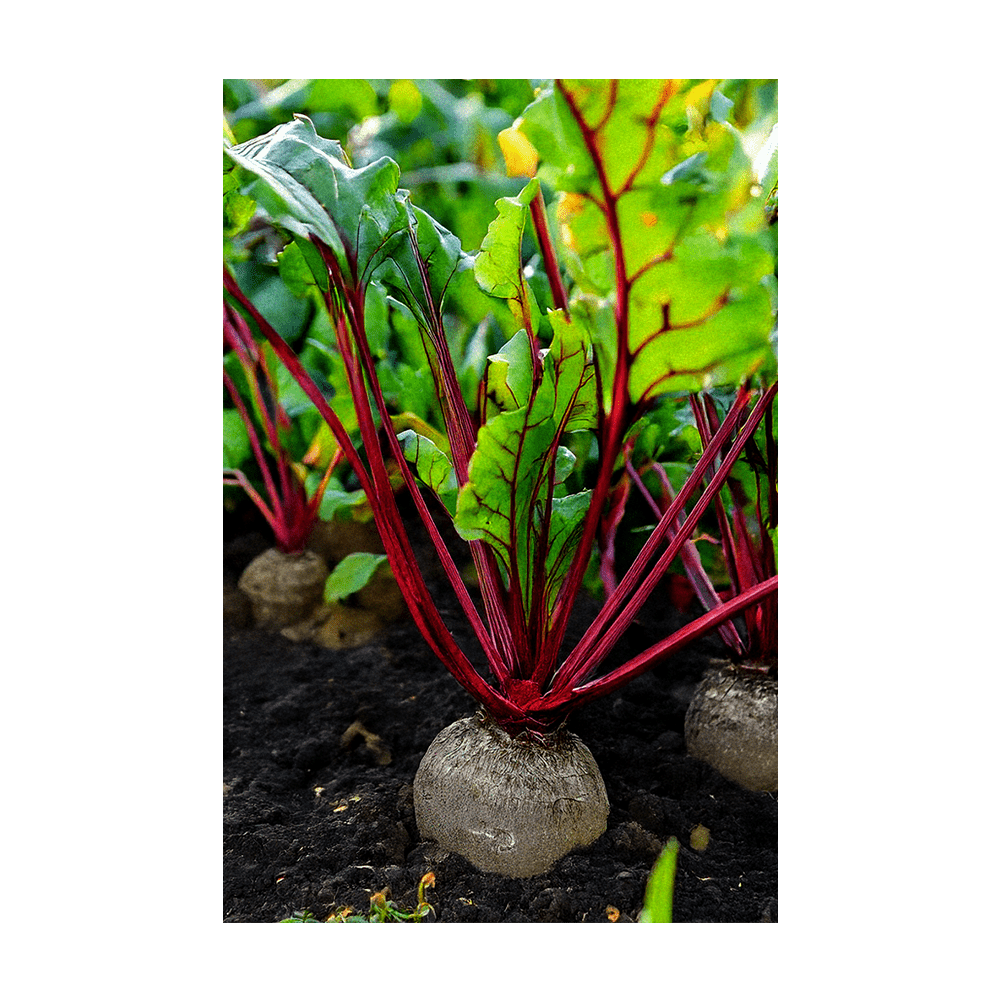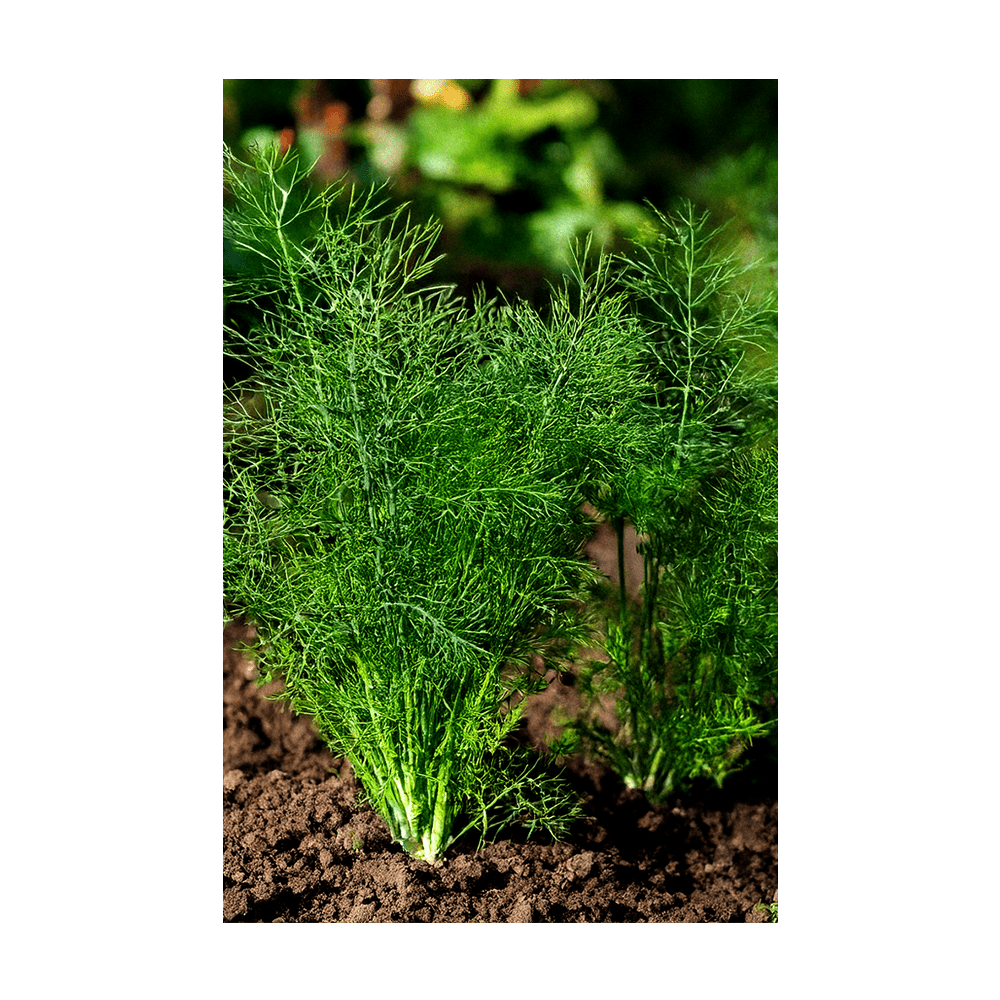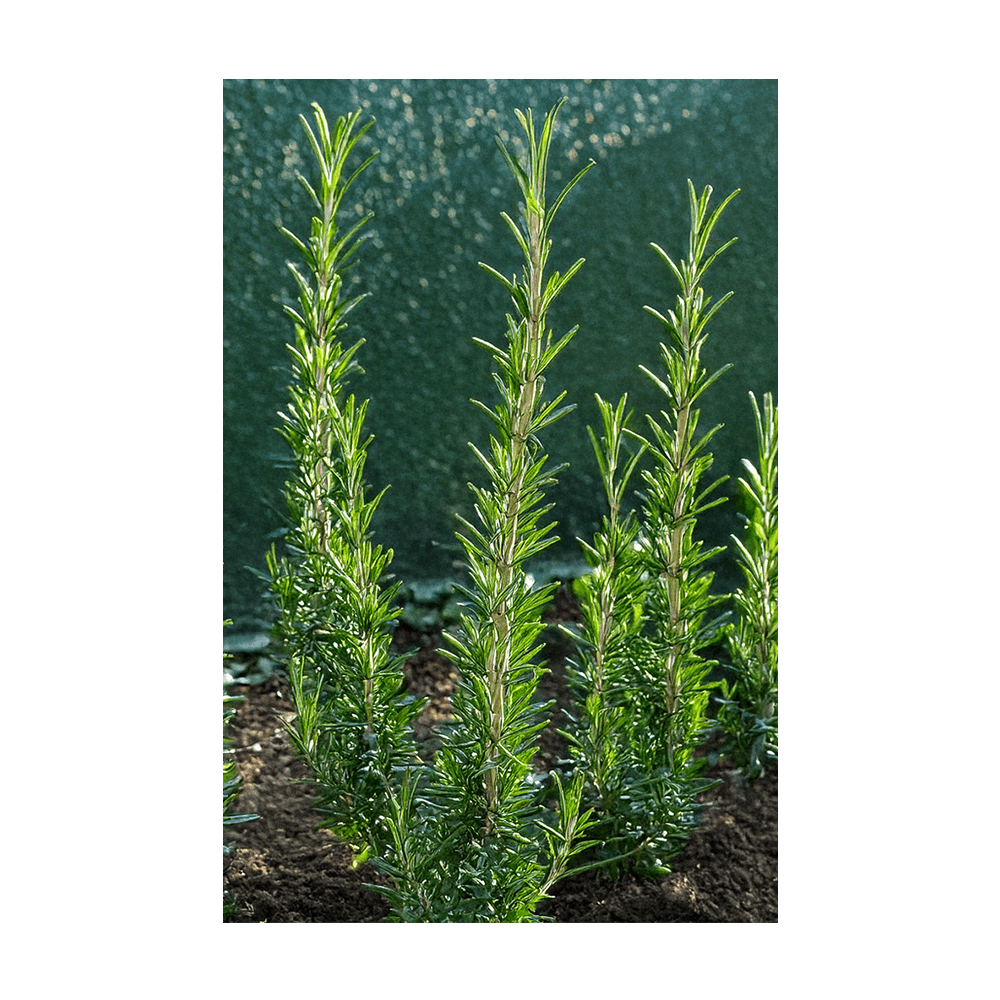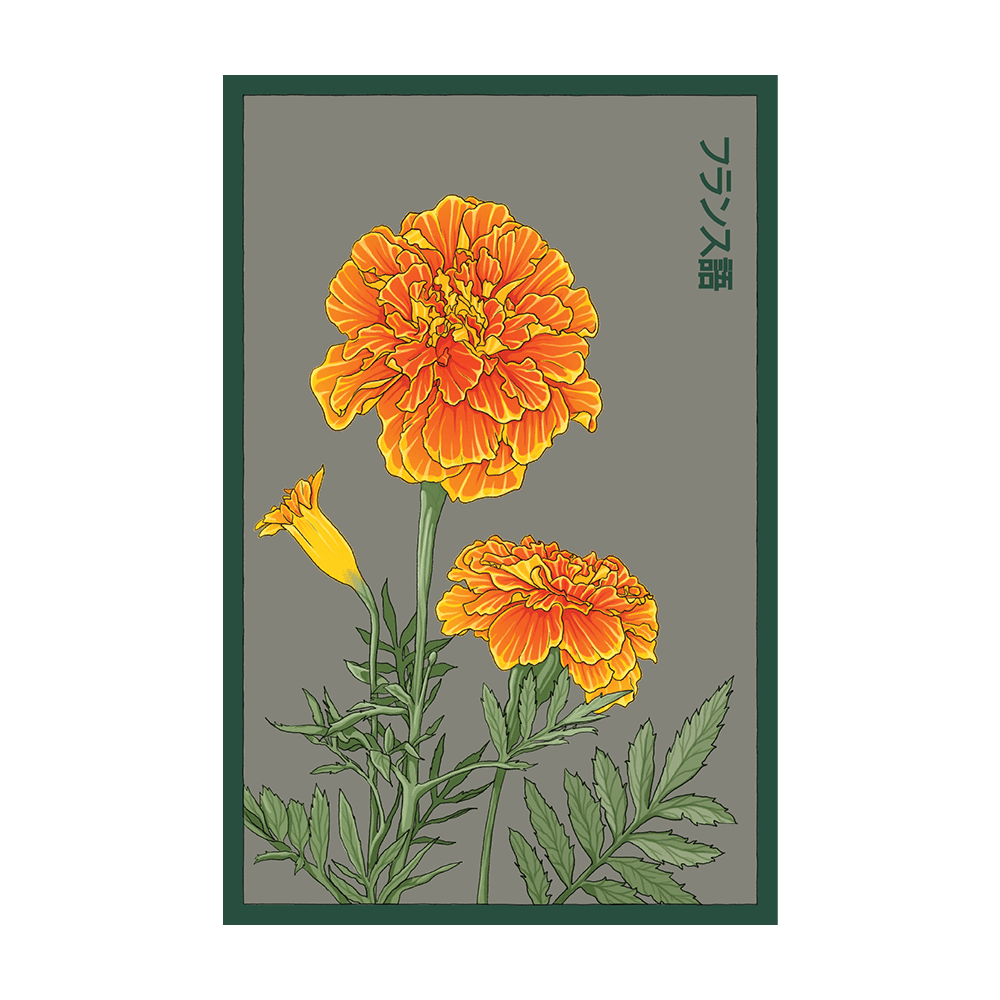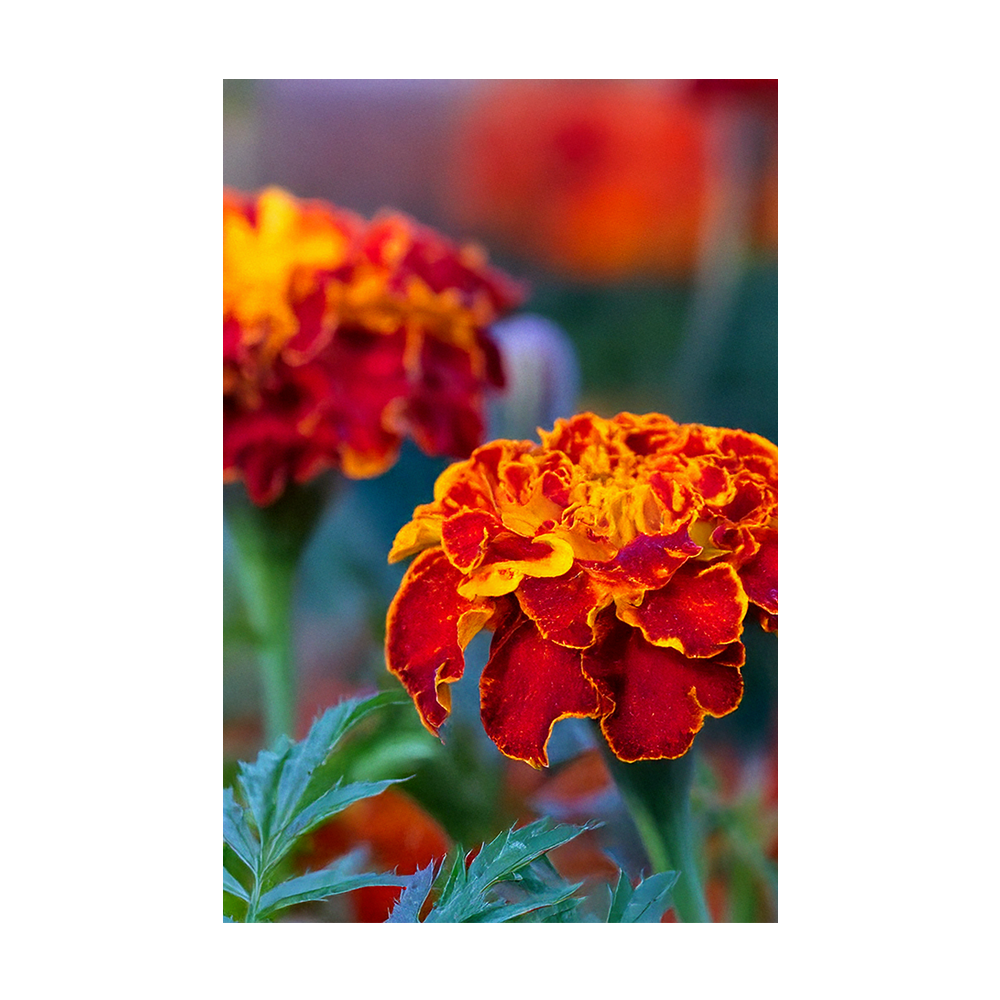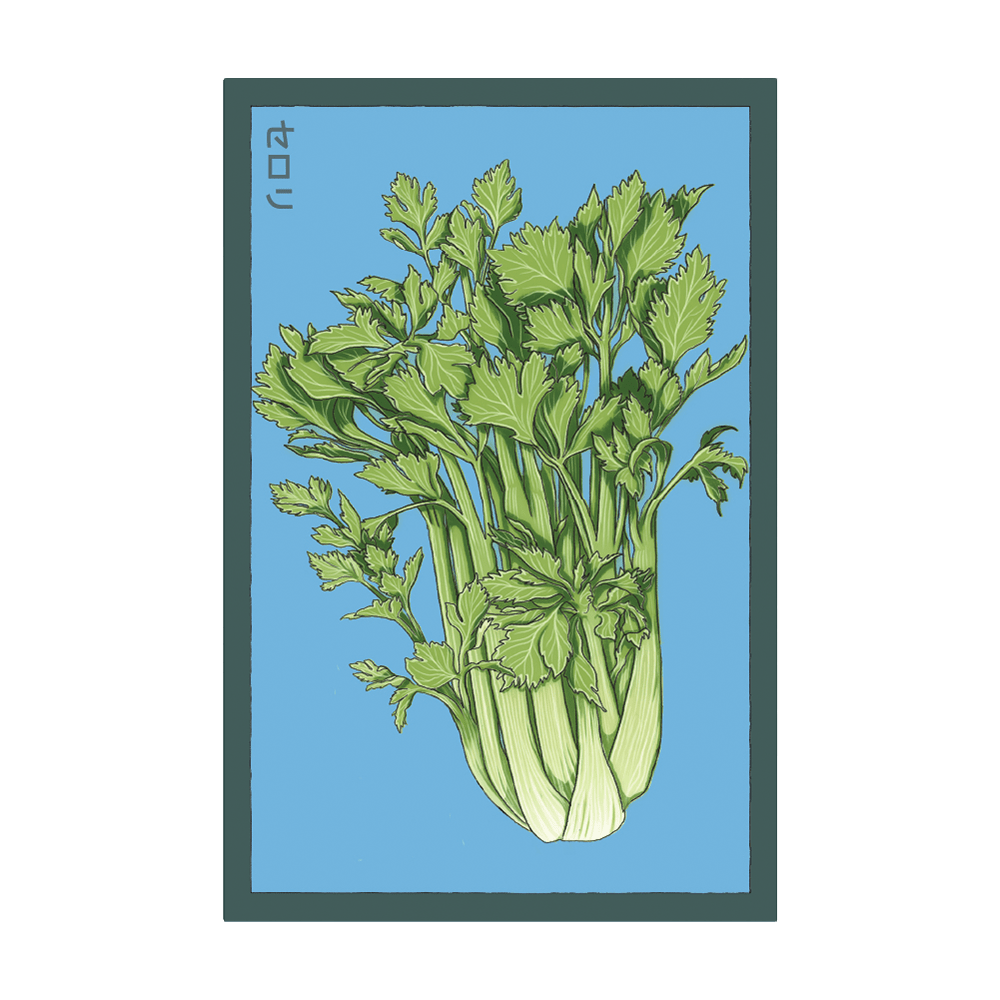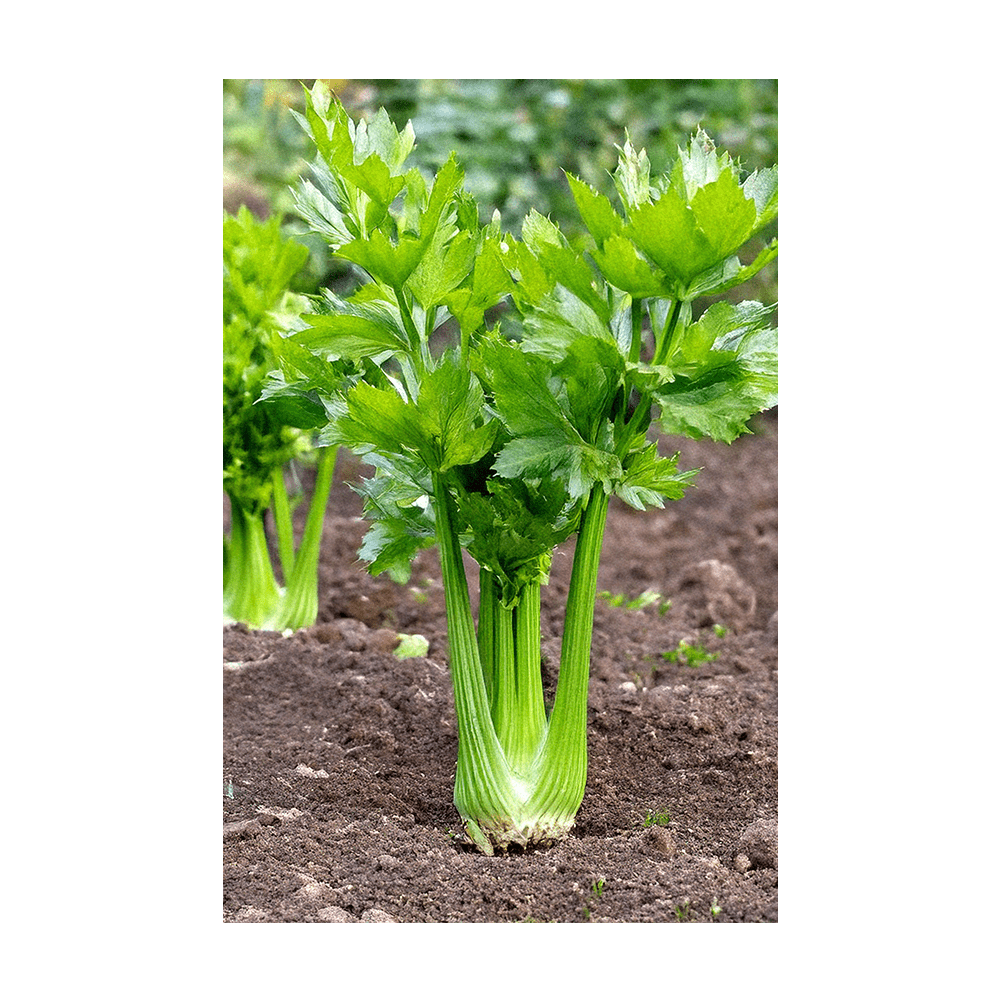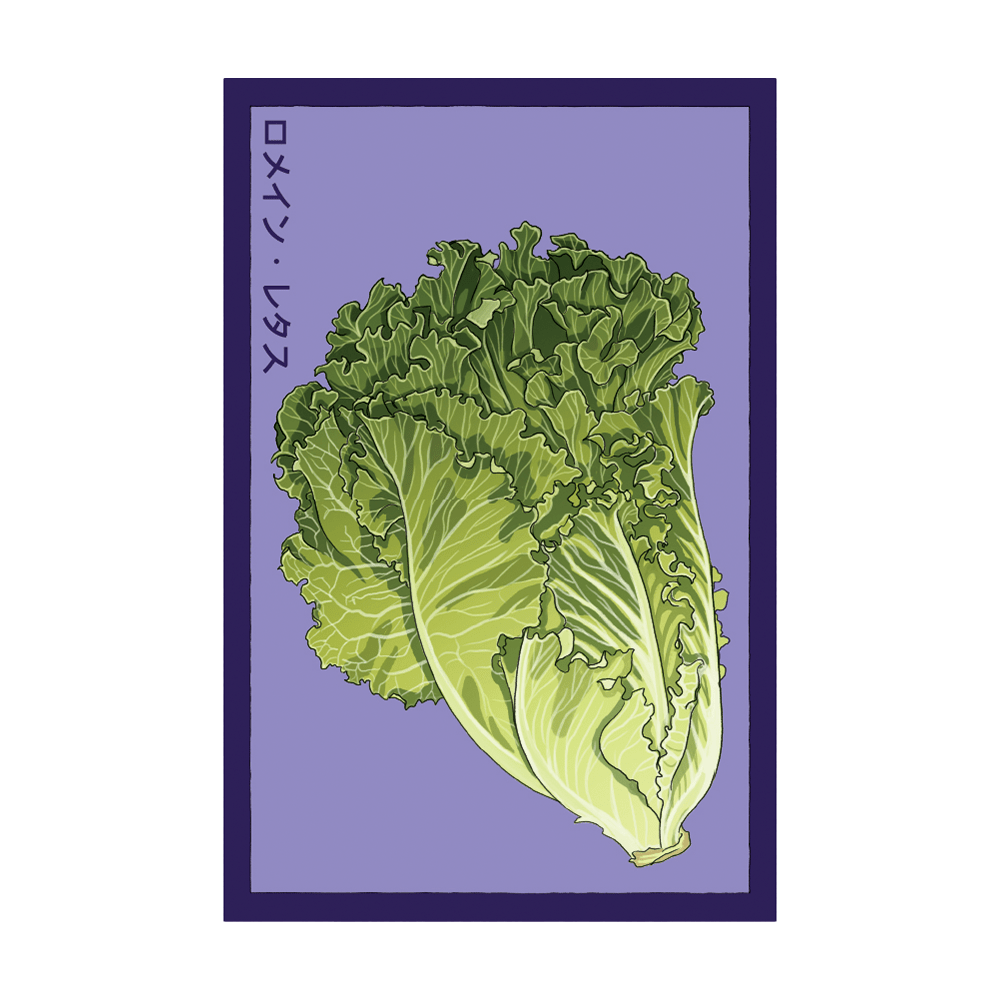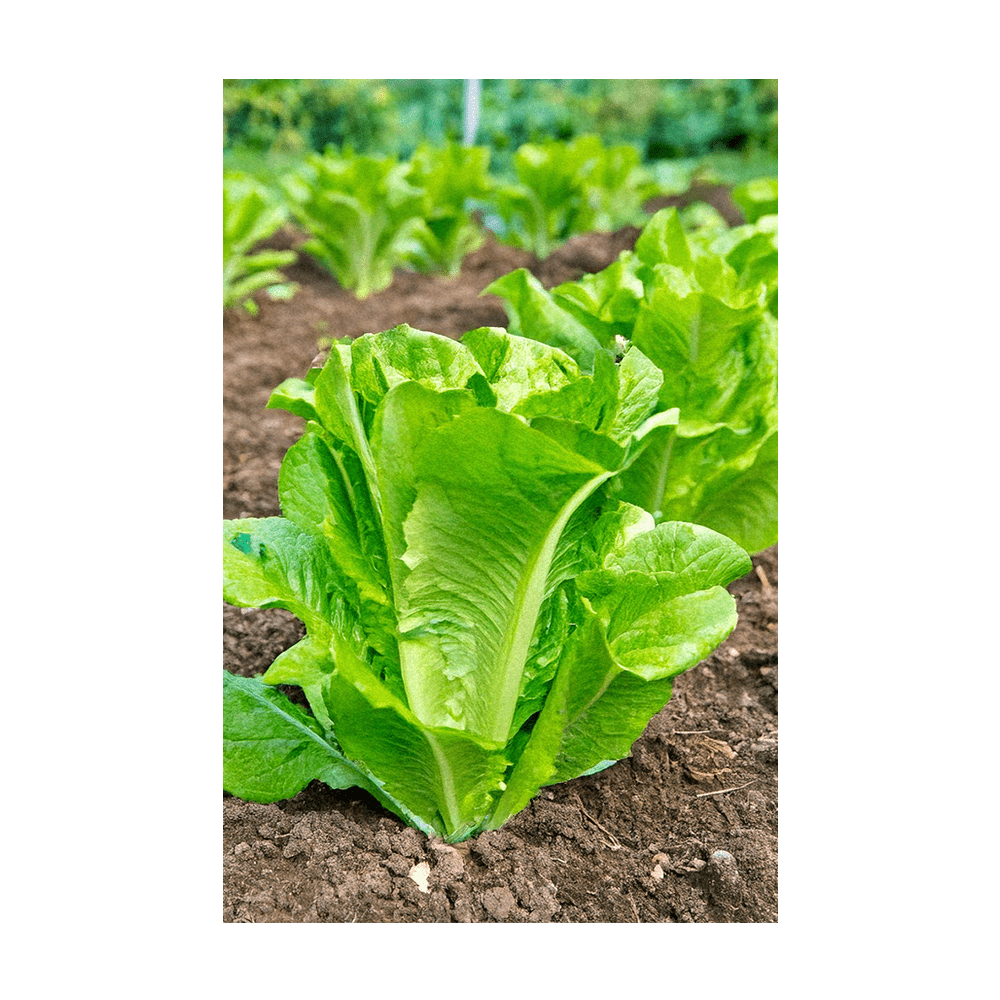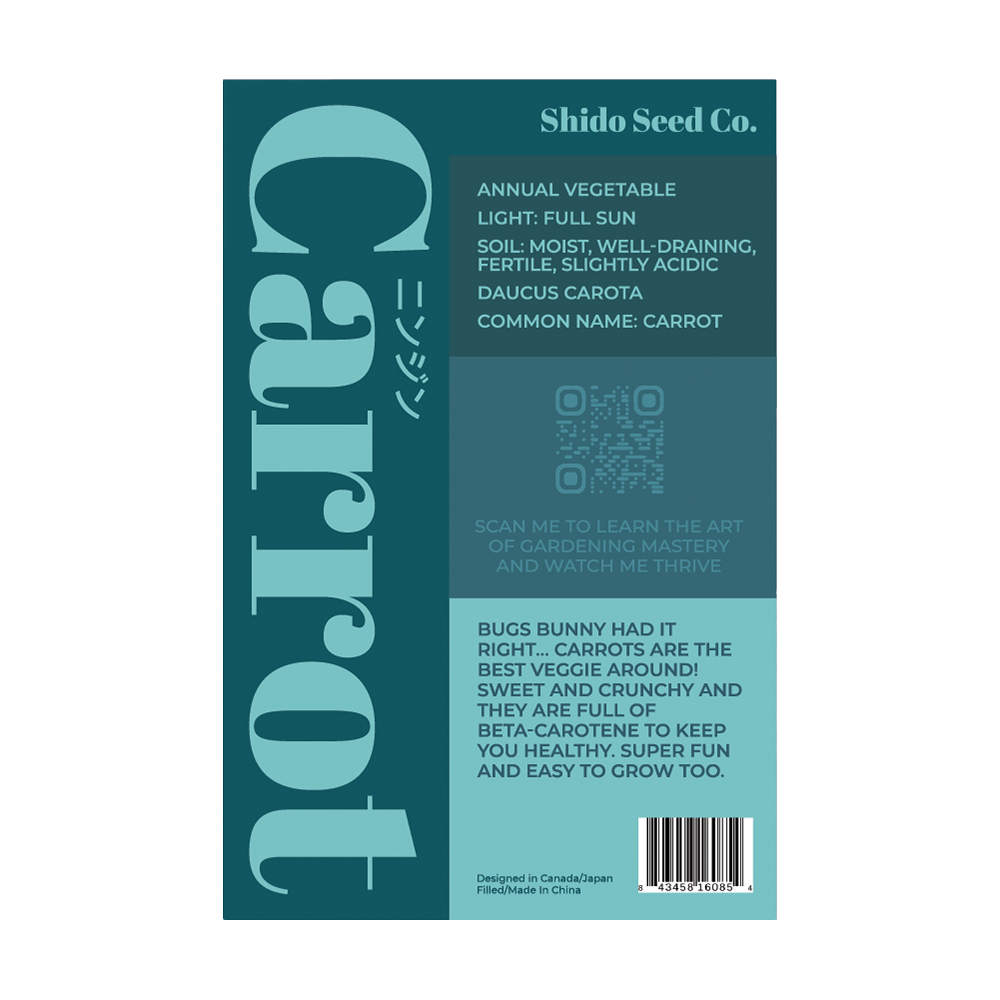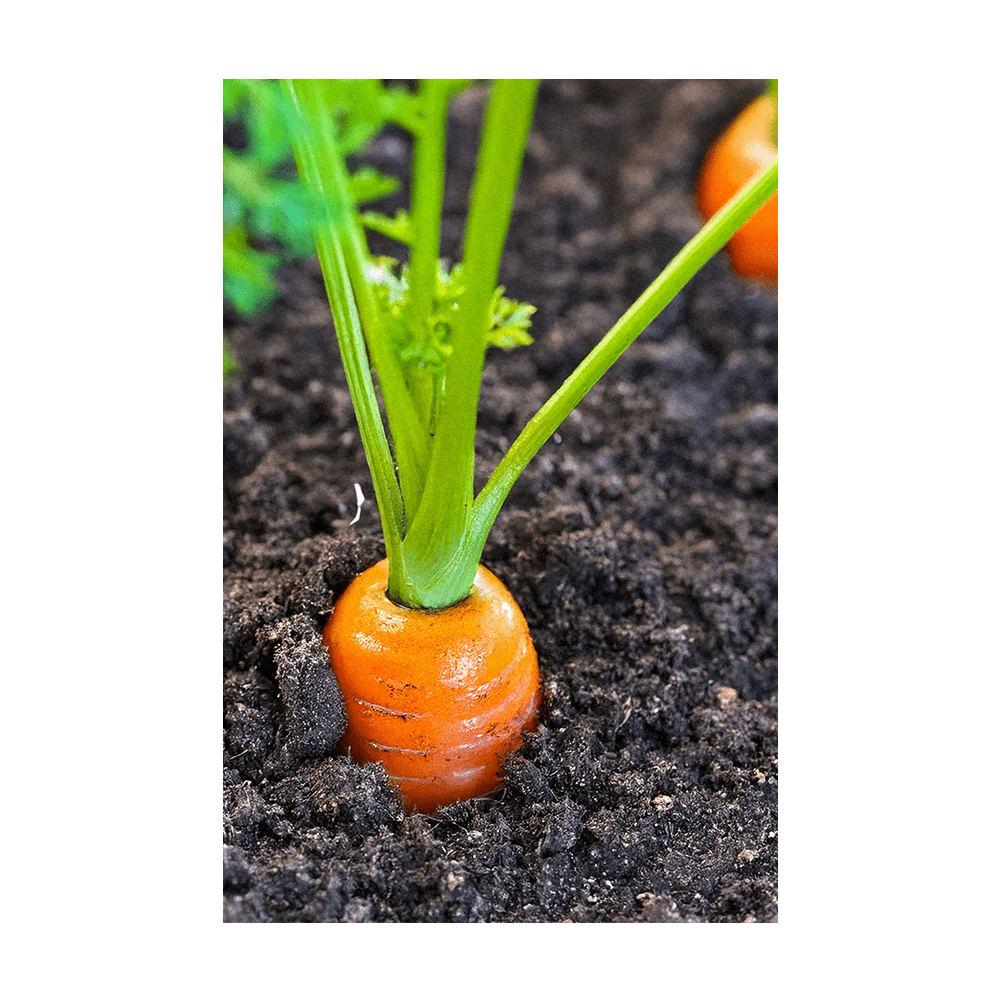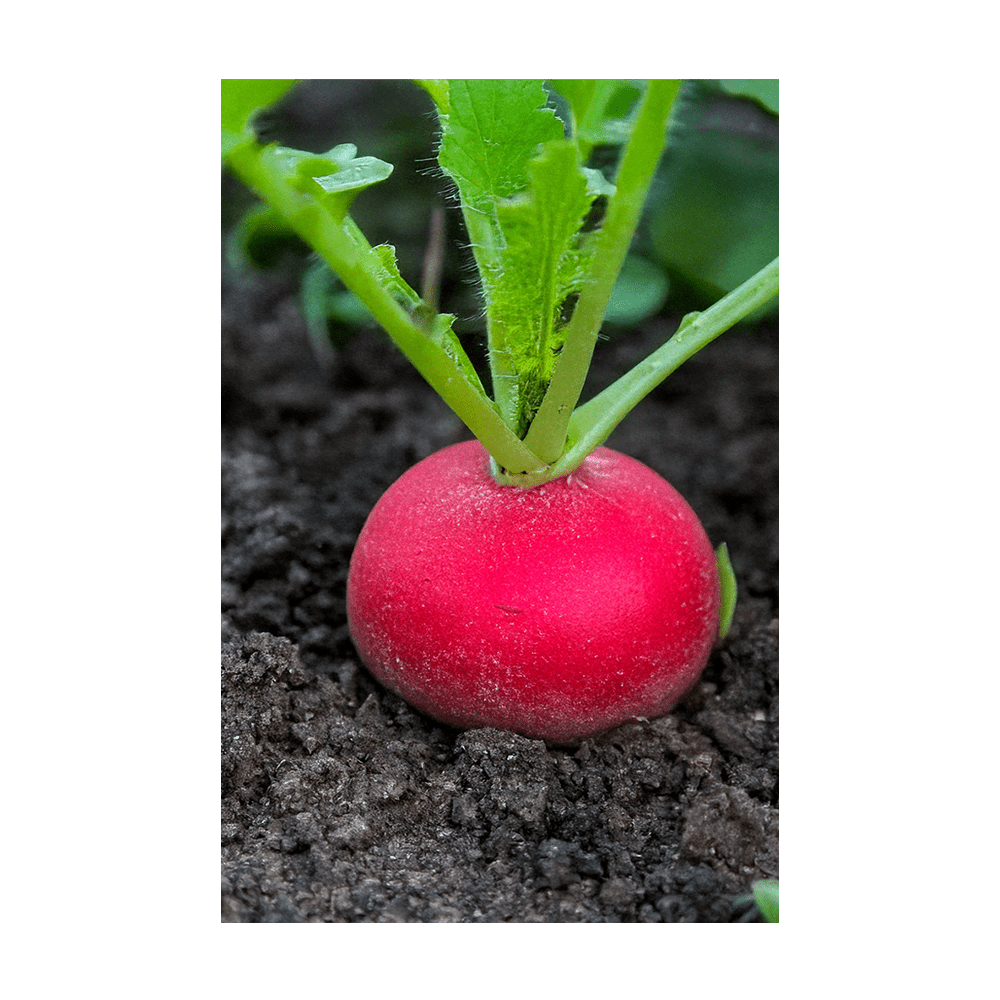Broccoli Vegetable Seeds Packet
$4.95
Unit price
/
Unavailable
Couldn't load pickup availability
Broccoli (Brassica oleracea var. italica) is a nutrient-rich vegetable belonging to the Brassicaceae family, closely related to cabbage, cauliflower, and Brussels sprouts. Known for its dense, edible green heads and crunchy texture, broccoli is packed with vitamins, fiber, and antioxidants. It is a cool-season crop that thrives in both spring and fall, making it a versatile addition to home gardens. Whether started from seeds indoors or directly sown, it thrives in full sun and well-drained soil. Gardeners can enjoy multiple harvests throughout the season. By incorporating broccoli into a seasonal planting schedule, you can ensure a steady supply of this healthy, delicious vegetable year after year.
We stand by the quality of our flower seed packets! With high germination rates and vibrant blooms, your garden is sure to flourish. If you're not completely satisfied, we’ll replace or refund—guaranteed!
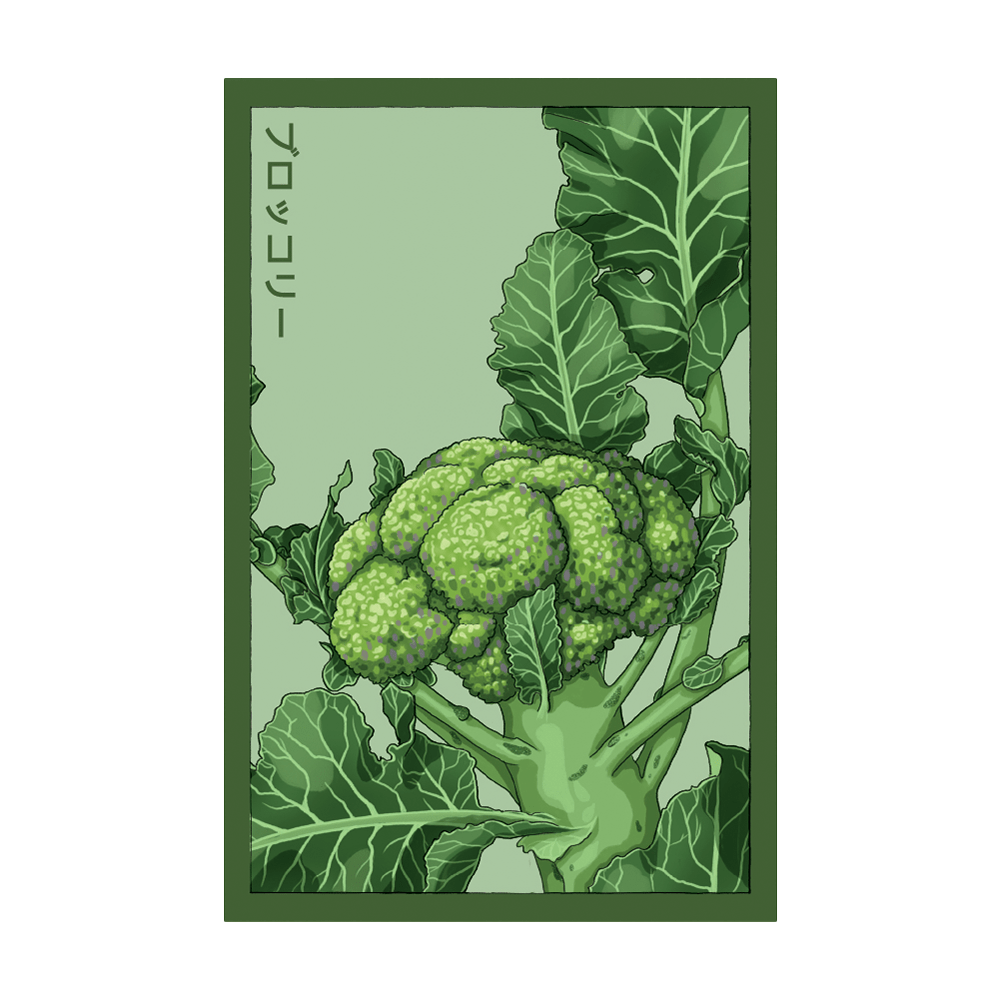
Broccoli Vegetable Seeds Packet
Why Shido Seeds Are the Best
Our flower and vegetable seeds are beautifully packaged little packets of magic. Guaranteed to turn your garden into the envy of the neighborhood. Get your hands dirty and let nature simply do its thing.
How to Plant Broccoli from Seed
When to Plant Seeds
Preparing for Planting
Sowing Seeds
Direct Sowing in the Garden
Pro Tip













